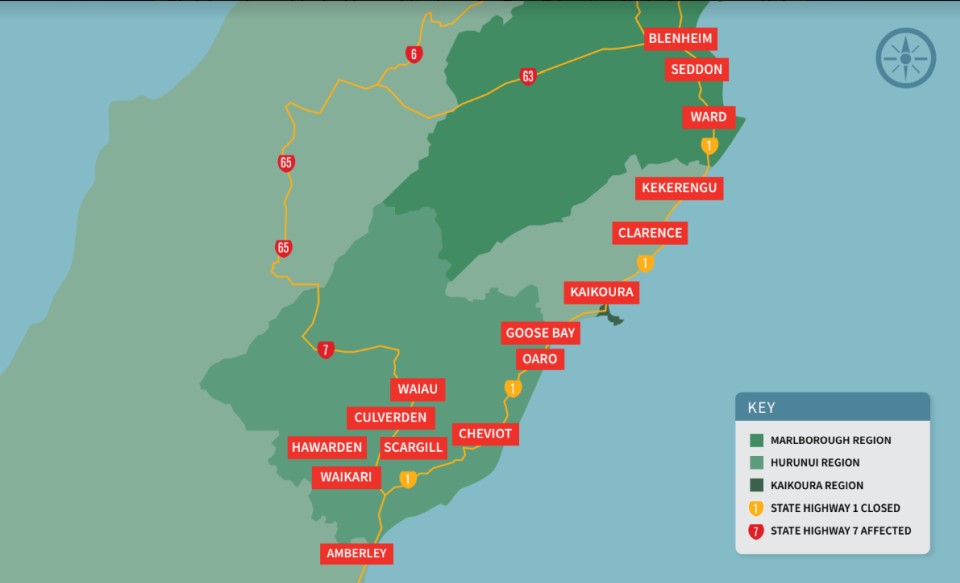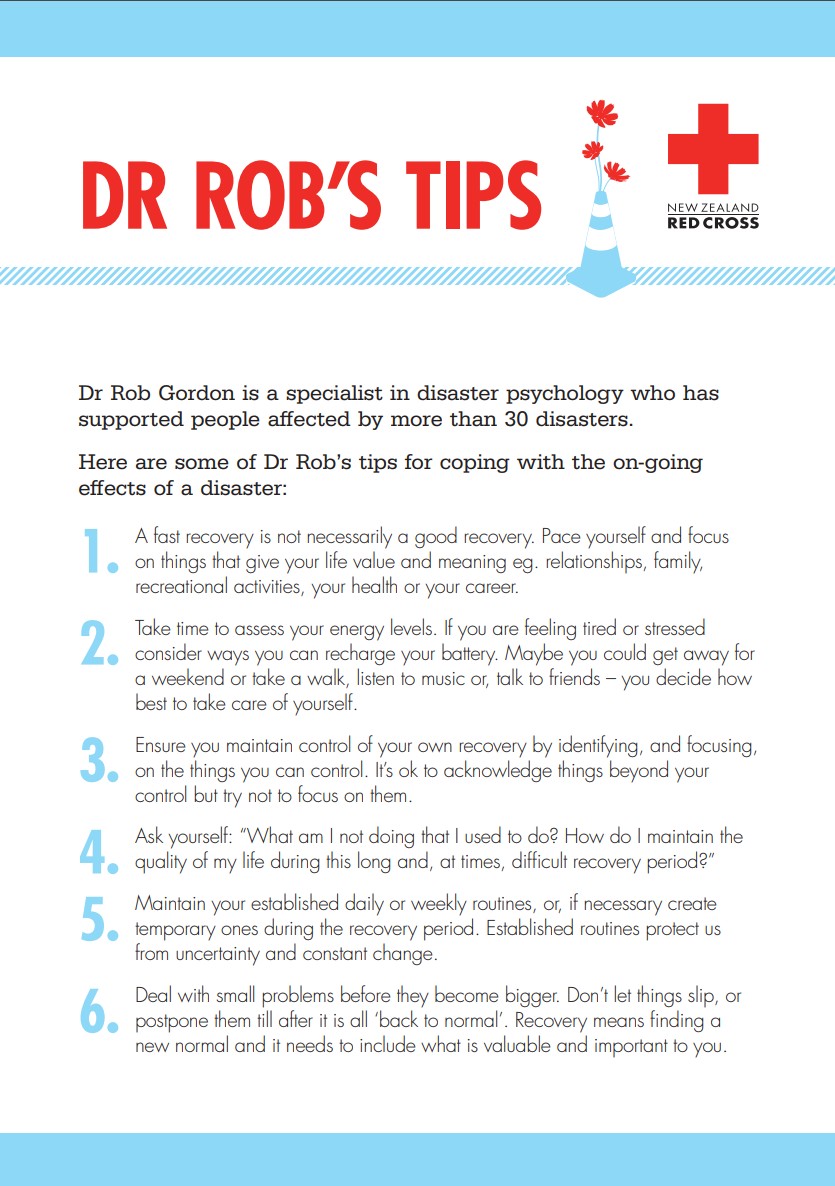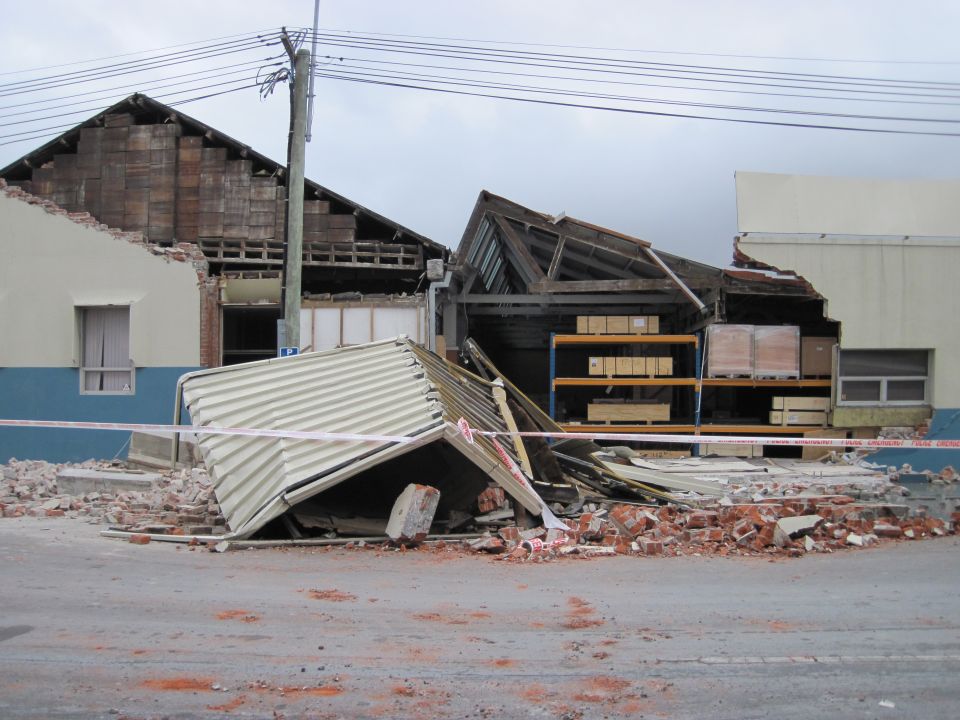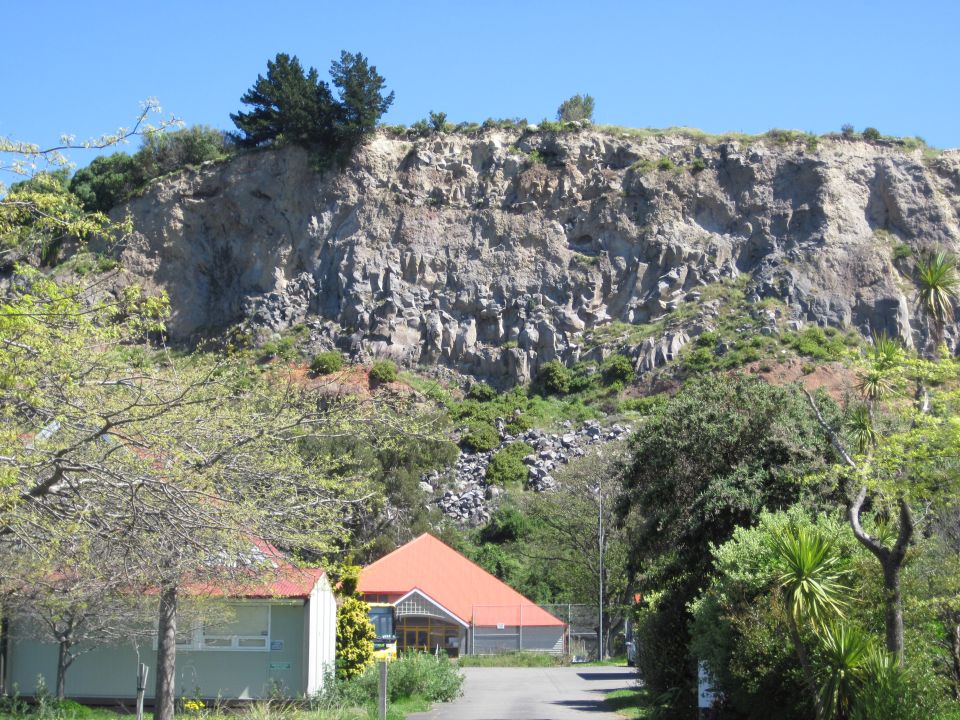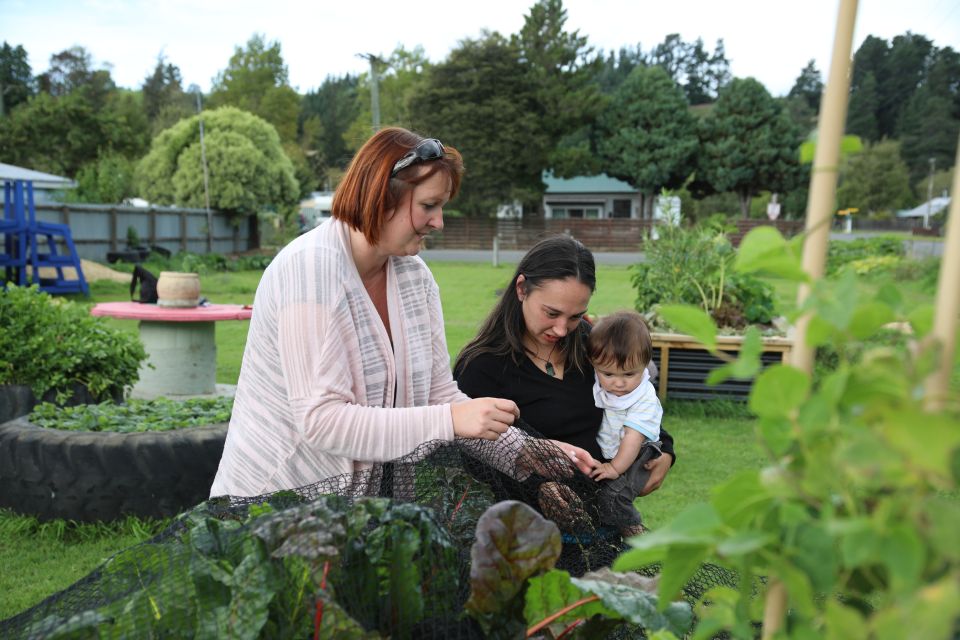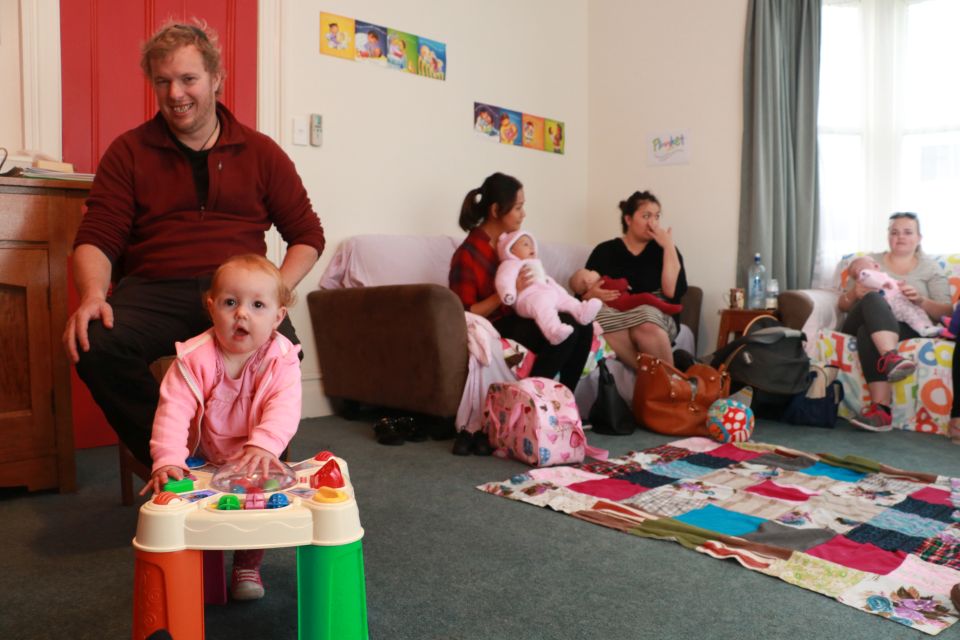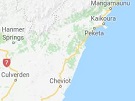Initial Changes
Being directly involved in an emergency event such as the November 2016 earthquake can make life very different. Suddenly “normal” everyday life is turned upside down. Within seconds of a large earthquake there might be a loss of power, internet, telephone, and running water to homes. Toilets might be unusable, homes may need to be evacuated, or people may not be able to get home.
To begin with people might go into “hero” mode. Checking on others is important to make sure people who don’t have family nearby, or who live in isolated areas, are not forgotten. It’s vital to make sure family and neighbours have basics like shelter, water, food, clothing, and any needed medical supplies or treatment.
Communities may find themselves isolated from help due to road damage. Sometimes people living in small isolated communities have a phone tree so neighbours can be phoned or visited. In larger communities an emergency centre might be set up for those needing assistance.
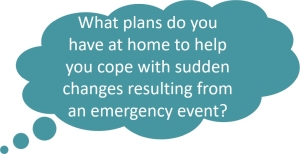
Lifestyle Changes
During the weeks and months that follow, everyday routines can change quite dramatically. Schools might have to close, or parents/caregivers may suddenly find they no longer have a place of work, or they need to work away from home during the week. Families might need to find a different home to live in because their previous home was damaged.
Often community and sporting facilities are damaged, which means that people can’t attend their weekly activities together. Things like this are important, because suddenly people don’t see their friends as much, and they might not get as much exercise as they need, which is important for their health and wellbeing. People can become quite isolated, particularly if they have few friends or their friends move out of the area to go and live with family or shift to another house.
The effects from an earthquake can impact how people feel and how they relate to each other. Earthquake recovery is often not quick and it is not just about the physical repairs. Disruption to businesses, routines and people’s livelihoods can cause high levels of stress and anxiety. Emotions such as anger, fear, frustration, and despair are a normal response to an emergency event and will differ between individuals and groups. Physical effects such as injury, and damage to homes can often take some time to recover from and can cause a strong emotional response.
Recovery also offers an opportunity for people to discover and adapt to new routines. Things may never return to exactly what they were before the emergency, but the event may help people to discover new priorities and opportunities for their lives.
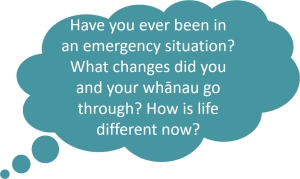
Economic and Environmental Changes
Events such as the November 2016 earthquake have an economic impact on the affected communities. For example tourism to Kaikōura and the surrounding communities dropped sharply after the earthquake. Few tourists could even get to Kaikōura because of the damaged roads and railway (see Roading Challenges). Many businesses using boats couldn’t operate because of damage to the harbour and marina. With 27 per cent of employment in the Kaikōura district relying on tourism, the downturn had negative flow-on effects to other tourism-dependent businesses such as accommodation, retail, food services, culture, and recreation.
Many other businesses couldn’t operate due to difficulty getting freight in to the area, or simply because of damage to land and buildings. Damage to the environment, such as to pāua habitats, affected people’s livelihoods. Stocks of pāua along the Kaikōura coast were decimated because of the earthquake. It could be years before things return to normal.
There were quite different effects in rural areas compared to a larger township like Kaikōura. Examples of issues include (but are not limited to):
- getting water to stock before summer when water pipes and holding tanks were badly damaged
- driving sheep with young to neighbouring properties to allow them to be shorn due to damaged shearing sheds and stockyards
- lambing happening in winter instead of spring because broken fences meant rams got to the ewes too early
- dairy farmers having to dump milk on paddocks and milk their cows by hand (to avoid mastitis) because of the lack of electricity and milk tanker access
- large quantities of fencing and utility roads that had to be repaired at landowner expense
- damage to mature forestry blocks that were on slopes that failed.
Changes for Small Communities: A Story from Waiau
Emma Duncan, a Waiau resident, shares her thoughts about how the November 2016 earthquake has affected her community.
I think what shapes the Hurunui and Waiau region is the landscape we are lucky enough to wake up to every day! The snow-capped mountains, the autumn leaves falling, the dew lifting, the greenery and the livestock. The community involvement and relationships keeps the people in the area, it’s one of a kind and gives the sense of a large family.
What has been the biggest challenge for Waiau residents since the earthquake?
It has been a rollercoaster of emotions with lows and highs. I think the biggest challenge for residents is the changes that have been forced upon us. These changes are not necessarily negatives. In fact, many are positive. But change can be uncomfortable and lead to a sense of uncertainty.
As a resident of Waiau, how has the event changed things for the town in terms of the roading and traffic?
Traffic flow has increased considerably since the quake, especially the inland road to Kaikōura. This has been great for local businesses, but it also comes with a cost. For example, safety for children crossing the road and creating a busier atmosphere for what used to be a quiet and tranquil area. The ongoing road works are frustrating for those who travel a lot.
How has the earthquake changed job prospects, the local economy, sports, and schooling?
Right now, there are a variety of jobs up for grabs in our area. Most of these have come from the earthquake. There are jobs such as construction, contracting, roading work, hospitality staff, and social work. The school roll has dropped from 51 to 34 with families forced to move out of the area. This was because of red stickered houses and no rentals available. This continues to be a problem as many houses still need repairing or demolishing. There were sporting groups directly impacted from the earthquake that were unable to operate. These included the bowling club, the tennis and netball groups, the swimming groups etc. The preschool facility was also badly damaged, and they were forced to relocate.
What are some of the lows and highs for families?
An iconic and historical feature that was the old lime hopper that was situated at the entrance of Waiau had to be pulled down and demolished for safety reasons. This hopper used to load the trains when the railway was in use many years ago. Although it had no purpose it held a lot of memories for our older community members and definitely had an impact on morale when it came down.
One of the lows is the time it takes to get through 'red tape’ . This has caused such things as delays for facilities to be rebuilt, and battles with home owners trying to come to an agreement with their insurers.
Another low is hearing and talking to people who are mentally struggling with the effects of the earthquake, and how it has impacted their lives.
The highs have come from community get-togethers and events that have been funded, especially for the children. It is great being able to offer support to those in need.
Personally, being a younger long-term resident of Waiau, I embrace the changes and feel like the earthquake has created opportunities. An example of an opportunity created by the earthquake is rebuilding the public swimming pool. The Waiau Swimming Pool was destroyed in the quake however the fundraising to rebuild it has brought everyone together with passion and vision of a new facility and what that will mean to the community.

